
Galapagos Islands: A Natural Wonderland
Discover the Galapagos Islands, Ecuador's pristine paradise teeming with unique wildlife, stunning landscapes, and rich cultural experiences.
The Galapagos Islands, located off the coast of Ecuador, are a unique destination that offers a stunning array of wildlife and breathtaking landscapes. Famous for inspiring Charles Darwin's theory of evolution, the islands are a paradise for nature lovers and adventure seekers alike. Each island has its own distinct charm, with opportunities to explore volcanic landscapes, pristine beaches, and lush highlands. Visitors to the Galapagos can expect to see an incredible variety of animals, many of which are found nowhere else on Earth. From the giant tortoises that lumber through the grasslands to the playful sea lions that frolic in the waves, the wildlife here is both abundant and approachable. Snorkeling and diving enthusiasts will be thrilled by the underwater world, where colorful fish, sea turtles, and even hammerhead sharks glide through the crystal-clear waters. Beyond its natural beauty, the Galapagos Islands also offer a rich cultural experience. The local communities are friendly and welcoming, and visitors can learn about the islands' history and conservation efforts through guided tours and educational programs. Whether you're hiking through a lava field, kayaking along the coast, or simply relaxing on a secluded beach, the Galapagos Islands promise an unforgettable adventure.
Local tips in Galapagos Islands
- Book your trips and tours in advance, as visitor numbers are limited to protect the islands' ecosystems.
- Pack light, breathable clothing and plenty of sunscreen, as the equatorial sun is intense.
- Consider visiting during the shoulder seasons (April-May, September-November) for fewer crowds and pleasant weather.
- Bring your own reusable water bottle and eco-friendly toiletries to support the islands' sustainability efforts.
- Respect wildlife by keeping a safe distance and not feeding the animals.
- Carry cash, as not all places accept credit cards and ATMs can be scarce on the smaller islands.
Galapagos Islands: A Natural Wonderland
The Galapagos Islands, located off the coast of Ecuador, are a unique destination that offers a stunning array of wildlife and breathtaking landscapes. Famous for inspiring Charles Darwin's theory of evolution, the islands are a paradise for nature lovers and adventure seekers alike. Each island has its own distinct charm, with opportunities to explore volcanic landscapes, pristine beaches, and lush highlands. Visitors to the Galapagos can expect to see an incredible variety of animals, many of which are found nowhere else on Earth. From the giant tortoises that lumber through the grasslands to the playful sea lions that frolic in the waves, the wildlife here is both abundant and approachable. Snorkeling and diving enthusiasts will be thrilled by the underwater world, where colorful fish, sea turtles, and even hammerhead sharks glide through the crystal-clear waters. Beyond its natural beauty, the Galapagos Islands also offer a rich cultural experience. The local communities are friendly and welcoming, and visitors can learn about the islands' history and conservation efforts through guided tours and educational programs. Whether you're hiking through a lava field, kayaking along the coast, or simply relaxing on a secluded beach, the Galapagos Islands promise an unforgettable adventure.
When is the best time to go to Galapagos Islands?
Iconic landmarks you can’t miss
Parque Nacional Galápagos
Experience the unparalleled beauty and biodiversity of Parque Nacional Galápagos, a true gem in the heart of Ecuador's stunning archipelago.
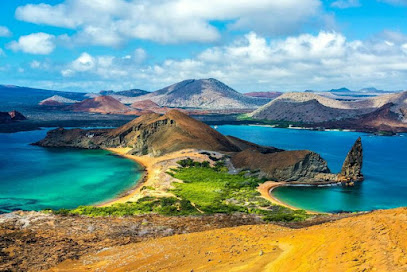
Rancho Primicias - Giant Tortoise Reserve
Discover the enchanting Rancho Primicias, a nature preserve on Isla Santa Cruz dedicated to the conservation of giant tortoises and their stunning habitat.

Galapagos Up las Grietas
Discover the stunning beauty of Las Grietas, a hidden gem in the Galapagos, perfect for swimming, snorkeling, and nature exploration.

Tortuga Bay Beach
Discover the serene beauty of Tortuga Bay Beach, a tranquil paradise in the Galápagos Islands, perfect for relaxation and adventure.
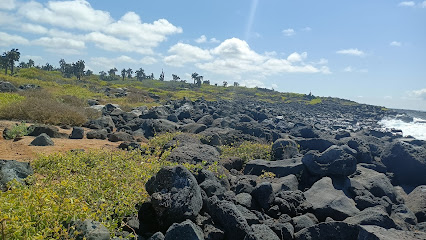
Mirador Cerro Tijeretas
Experience the breathtaking vistas at Mirador Cerro Tijeretas, the must-visit observation deck in the stunning Galápagos Islands.
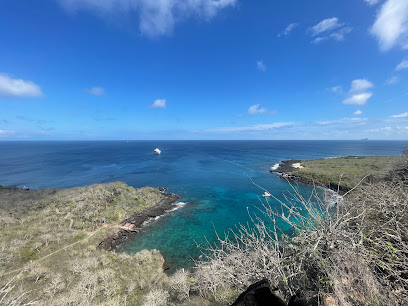
Pearl Shell
Explore Pearl Shell in Puerto Villamil, a stunning tourist attraction perfect for adventure seekers and nature lovers alike.
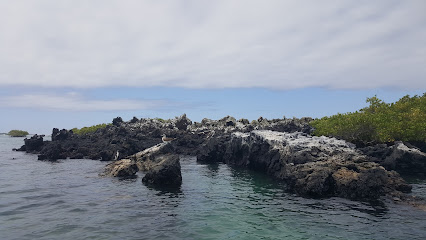
Galapaguera de Cerro Colorado
Discover the Galapaguera de Cerro Colorado, a tranquil nature preserve where iconic tortoises roam freely amidst stunning landscapes in the Galapagos.
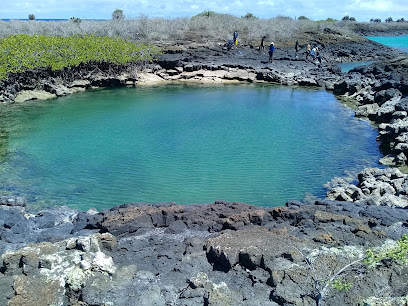
Malecón San Cristobal
Experience the Coastal Charm and Vibrant Culture of Malecón San Cristobal in Puerto Baquerizo Moreno, Galapagos Islands.
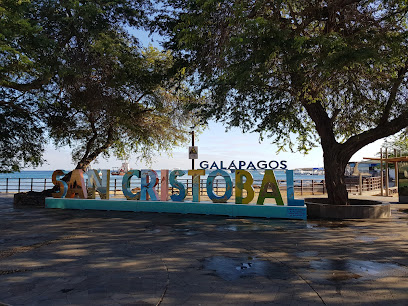
Galapagos Deli
Discover the flavors of the Galapagos at Galapagos Deli, where fresh ingredients meet island charm in Puerto Ayora.
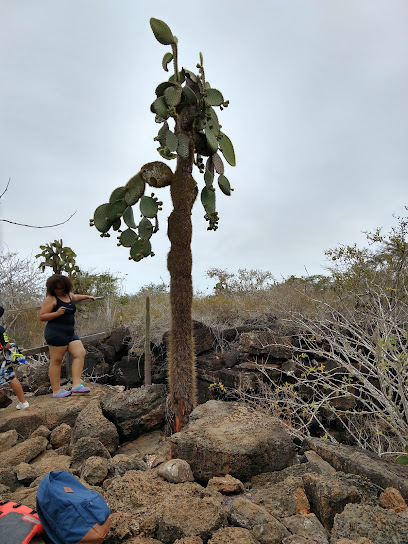
Playa Lobería
Experience the stunning coastline and rich wildlife of Playa Lobería, a tranquil beach park in Puerto Baquerizo Moreno, Ecuador.
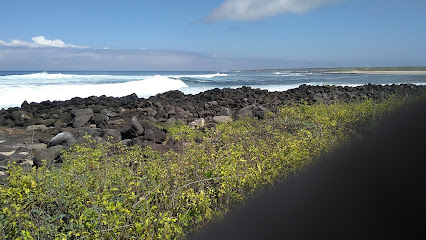
The Rock Galapagos
Experience the best of Asian cuisine at The Rock Galapagos, where local flavors meet culinary artistry in Puerto Ayora.
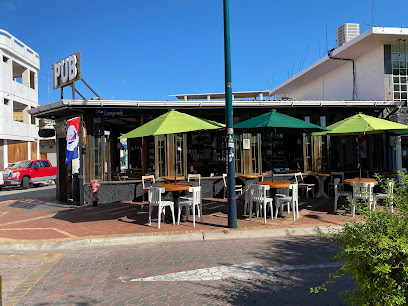
Charles Darwin Research Station
Discover the Charles Darwin Research Station, a vital hub for conservation and education in the enchanting Galapagos Islands, where nature and science come together.
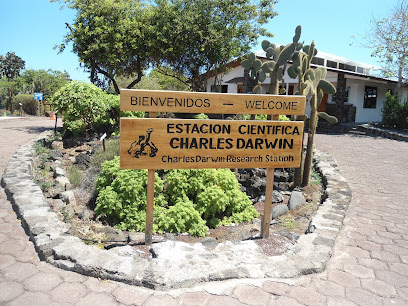
Wall of Tears
Discover the poignant history of the Wall of Tears in Puerto Villamil, a haunting yet beautiful landmark in the Galápagos Islands.
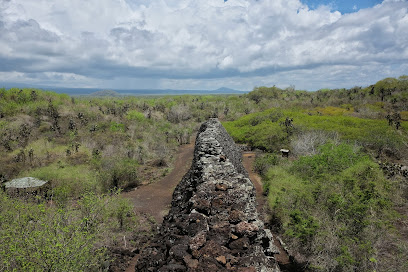
Santa Cruz Island
Experience the breathtaking beauty and rich biodiversity of Santa Cruz Island in the Galápagos, a paradise for nature lovers and adventure seekers.
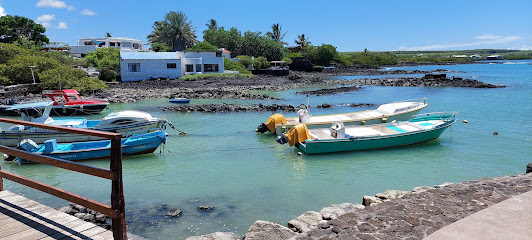
Hotel Galapagos Native
Discover the charm of Puerto Ayora at Hotel Galapagos Native, your comfortable base for exploring the enchanting Galapagos Islands.

Unmissable attractions to see
Playa Lobería
Explore the serene beauty of Playa Lobería, a coastal paradise in Puerto Baquerizo Moreno, rich in marine life and breathtaking landscapes.
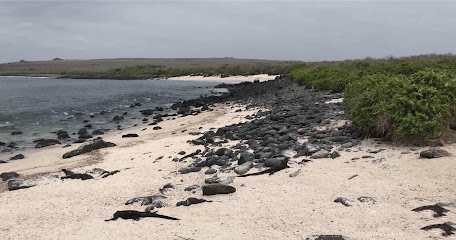
Centro de Crianza Tortugas Gigantes Arnaldo Tupiza Chamaidan
Discover the enchanting wildlife and breathtaking landscapes of Isla Isabela, the ultimate destination for nature lovers in the Galápagos Islands.
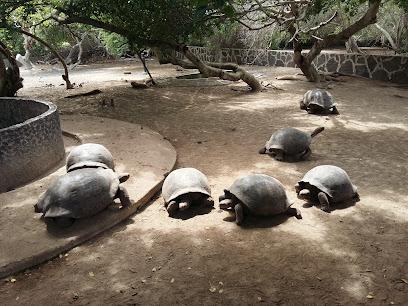
Wall of Tears
Explore the Wall of Tears in Puerto Villamil, a historic site rich in stories and surrounded by the stunning beauty of the Galapagos Islands.
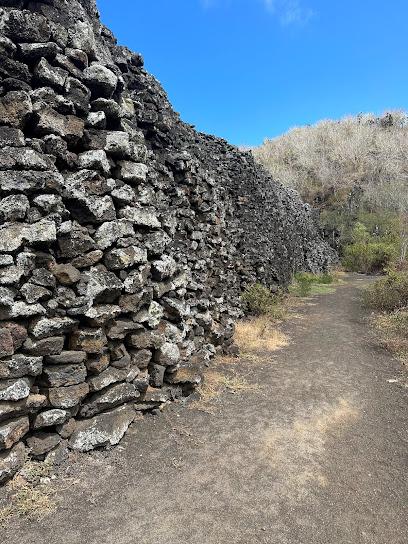
Playa El Garrapatero
Explore the tranquil beauty of Playa El Garrapatero, a stunning beach in Ecuador perfect for relaxation, adventure, and unforgettable seaside experiences.

Isabela Island
Experience the stunning beauty and unique wildlife of Isabela Island, the largest of the Galápagos Islands, a true paradise for nature lovers and adventurers.
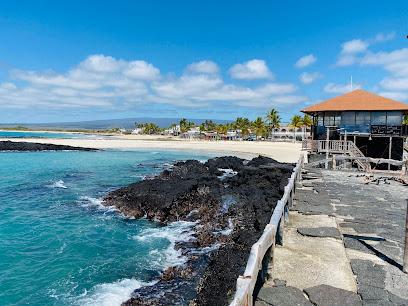
Bartolomé Island
Experience the breathtaking landscapes and unique wildlife of Bartolomé Island in the Galápagos, a true paradise for nature lovers.
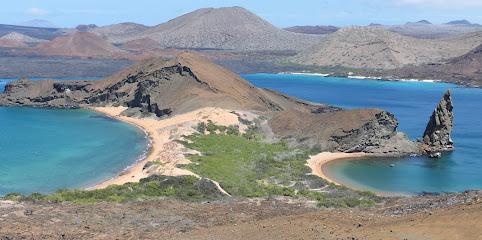
Highland View Galapagos
Experience the beauty of organic farming and unique wildlife at Highland View Galapagos on Isla Santa Cruz.
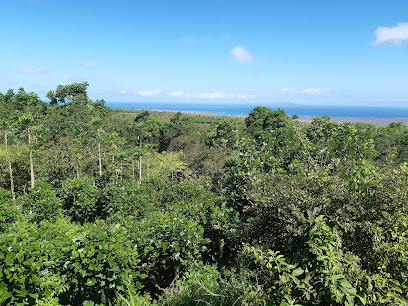
La Playita
Experience the tranquil beauty of La Playita, a stunning beach on Isla Isabela in Ecuador, perfect for relaxation and adventure.
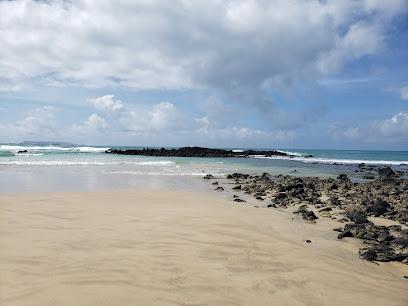
Pink Iguana Bar
Experience the vibrant culture and delightful flavors at Pink Iguana Bar in Puerto Villamil, a must-visit destination for every traveler.
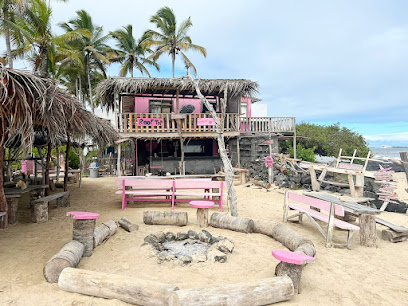
Los Túneles
Discover the stunning lava formations and rich marine life at Los Túneles in Puerto Ayora, a must-visit attraction in the Galápagos Islands.
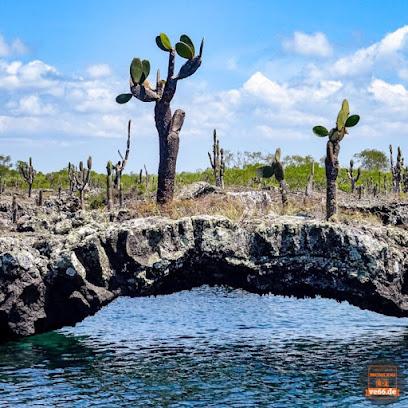
Sierra Negra
Discover the stunning landscapes and unique wildlife at Sierra Negra, a majestic volcano on Isabela Island in the Galápagos archipelago.
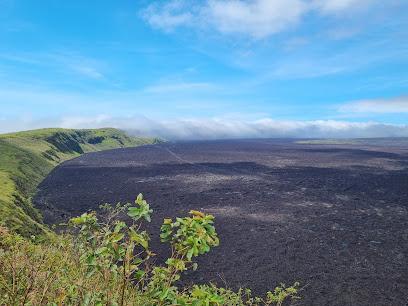
Urbina Bay
Discover the natural splendor of Urbina Bay on Isabela Island, a paradise of stunning landscapes, unique wildlife, and rich marine life.
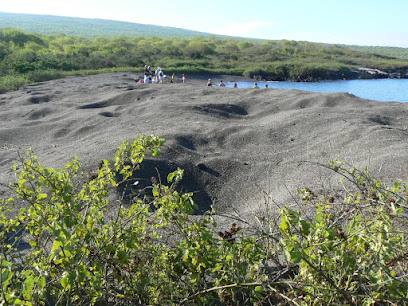
Volcano Sierra Negra El Cura station
Explore the stunning Sierra Negra Volcano in Santo Tomás, Ecuador, a breathtaking destination for adventure seekers and nature lovers alike.
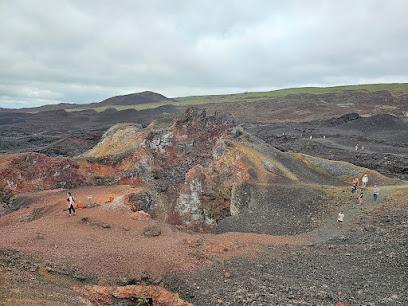
Galápagos Marine Reserve
Explore the breathtaking Galápagos Marine Reserve, a UNESCO World Heritage site, teeming with unique wildlife and stunning underwater ecosystems.
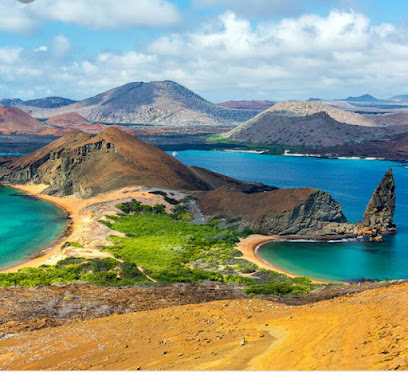
Flamigo Lagoon
Discover the beauty of Flamigo Lagoon in Puerto Villamil, a serene wetland teeming with wildlife and breathtaking views in the heart of the Galápagos Islands.
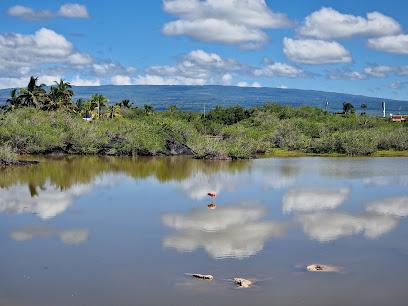
Essential places to dine
PLAZA EL JARDÍN GALÁPAGOS
Discover culinary delights at Plaza El Jardín Galápagos - where fresh flavors meet stunning island scenery in Puerto Ayora.
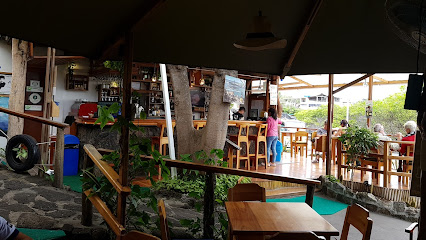
The Rock Galapagos
Discover The Rock Galapagos: A culinary oasis serving exquisite Asian cuisine amidst breathtaking island views.
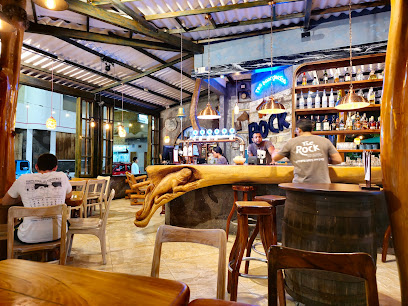
Restaurante El Descanso del Guía - Muelle
Discover authentic Ecuadorian flavors at Restaurante El Descanso del Guía in Puerto Ayora - a culinary gem amidst stunning Galapagos scenery.
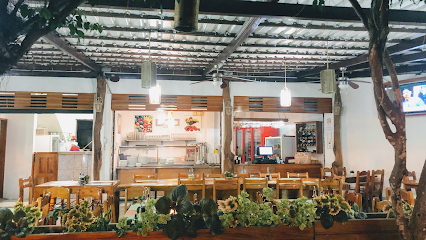
Isla Grill
Experience authentic Ecuadorian flavors at Isla Grill in Puerto Ayora - where every meal is a celebration of fresh ingredients and culinary excellence.
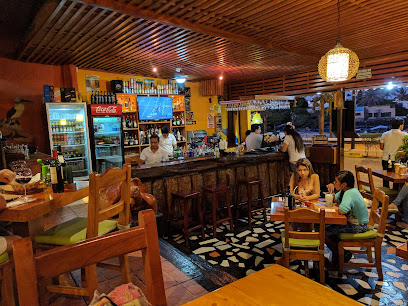
Midori
Discover Midori in Puerto Ayora – where fresh sushi meets creative culinary artistry in a vibrant setting.
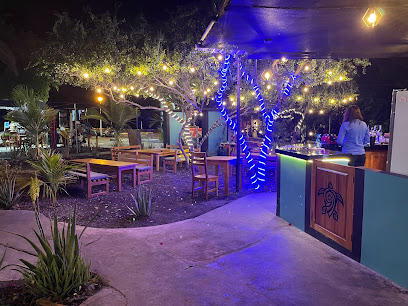
Lemon & Coffee
Discover the culinary charm of Lemon & Coffee in Puerto Ayora - where local flavors meet international flair in a cozy dining experience.
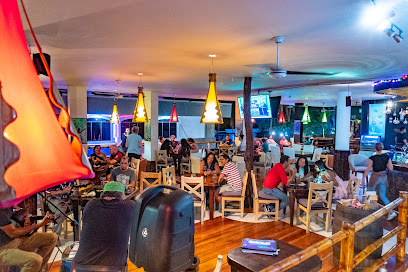
Almar
Experience culinary bliss at Almar in Puerto Ayora - a premier dining destination featuring fresh local ingredients and exquisite flavors.
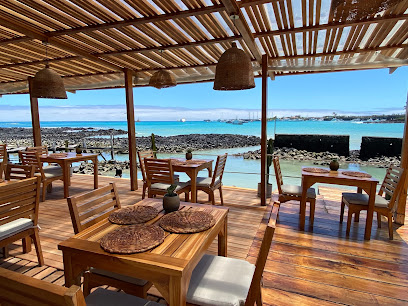
La Regata
Experience authentic Ecuadorian cuisine at La Regata in Puerto Ayora - savor local seafood delicacies amidst stunning Galapagos views.

Muyu Galápagos
Experience authentic Ecuadorian cuisine at Muyu Galápagos in Puerto Baquerizo Moreno, where fresh ingredients meet traditional flavors.
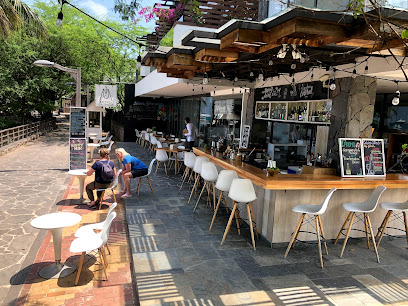
Bahía Mar
Experience authentic Ecuadorian flavors at Bahía Mar, where fresh seafood meets vibrant culinary tradition in picturesque Puerto Ayora.
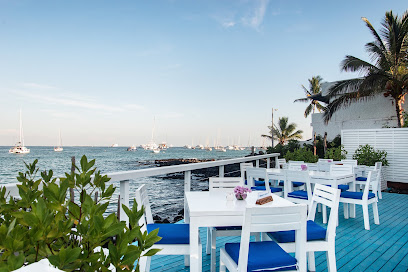
Lo & Lo
Discover authentic Ecuadorian cuisine at Lo & Lo in Puerto Ayora – where every dish tells a story of local tradition and flavor.

FRAFRE GASTROBAR
Experience authentic Ecuadorian flavors blended with international cuisine at FRAFRE GASTROBAR in Puerto Ayora.
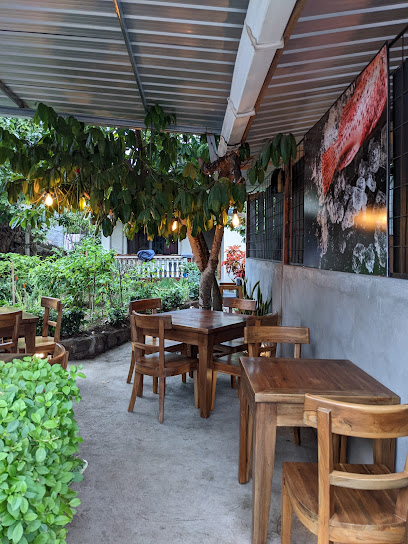
Cesar's
Experience exquisite seafood dining at Cesar's in Puerto Villamil – where fresh flavors meet stunning coastal views.
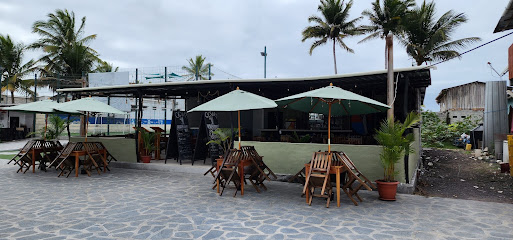
El Velero
Experience authentic Ecuadorian cuisine at El Velero in Puerto Villamil – a culinary gem celebrating local flavors.
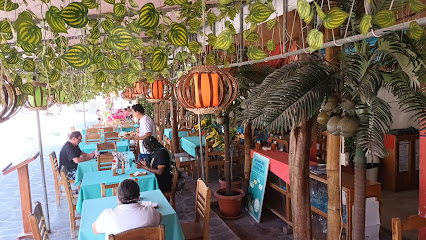
Laguna Beach
Discover the breathtaking beauty of Laguna Beach in Puerto Ayora, Ecuador – a paradise of sun-soaked shores and vibrant marine life.
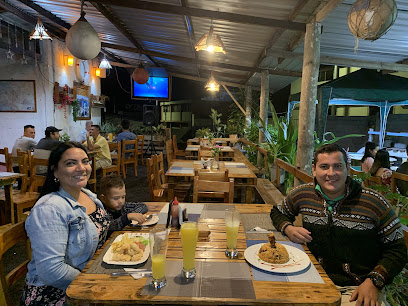
Markets, malls and hidden boutiques
DARWIN+WOLF
Explore the best of Galapagos fashion at DARWIN+WOLF, where quality meets unique island-inspired designs.
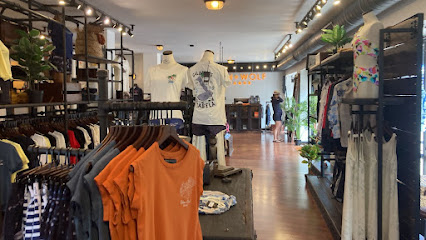
Élite Su Almacén
Explore Élite Su Almacén in Puerto Ayora for a unique shopping experience, featuring local crafts, essential appliances, and warm Galápagos hospitality.
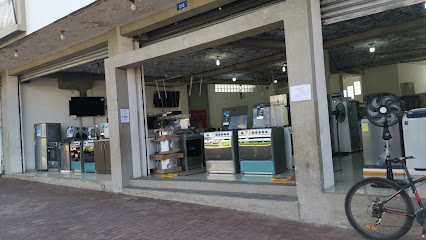
Patas Azules Socks
Shop at Patas Azules Socks in Puerto Ayora for unique, vibrant, and comfortable socks inspired by the beauty of the Galapagos Islands.
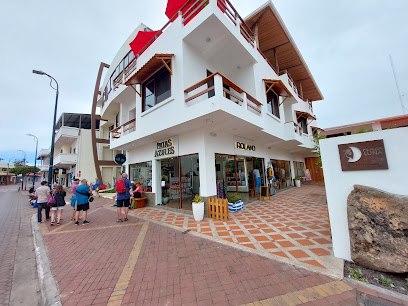
Los Pingüinos
Explore Los Pingüinos, a charming toy store in Puerto Ayora, Galapagos Islands, offering a vibrant selection of toys and unique gifts for all ages.

Tiendas del Aeropuerto Ecológico Galápagos
Explore the Tiendas del Aeropuerto Ecológico Galápagos for unique, eco-friendly souvenirs that celebrate the beauty and culture of the Galápagos Islands.

593 Origins
Explore the essence of Ecuadorian craftsmanship at 593 Origins, a charming boutique in Puerto Ayora offering unique fashion and handcrafted souvenirs.

Souvenir Galapagos
Explore Souvenir Galapagos for unique clothing and accessories that capture the beauty and essence of the Galapagos Islands.
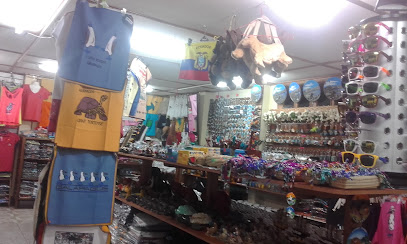
Caribe Boutique
Explore unique fashion at Caribe Boutique, where local artistry meets vibrant styles in the heart of Puerto Ayora, Galapagos.

Iguanas Bananas
Discover the charm of Iguanas Bananas, a boutique offering unique local crafts and souvenirs in the heart of Puerto Ayora.
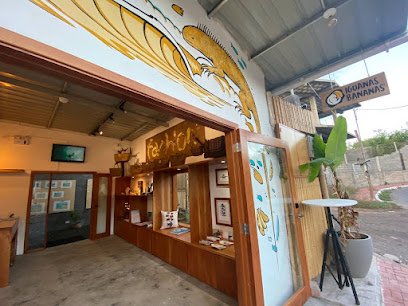
The Boobies Souvenirs
Explore The Boobies Souvenirs in Puerto Ayora for unique handicrafts and whimsical mementos that capture the spirit of the Galapagos Islands!
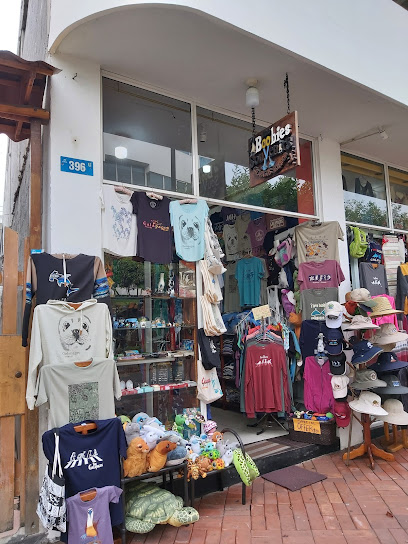
Hello, Girl! Galápagos
Discover unique handmade treasures at Hello, Girl! Galápagos, a boutique showcasing local artistry and sustainable craftsmanship in Puerto Villamil.

trajes de baño GALAPAGOS
Explore vibrant beachwear at Trajes de Baño Galápagos, where local designs meet the stunning beauty of the islands' beaches.

THE GALAPAGOS SOUVENIRS
Explore the vibrant world of The Galapagos Souvenirs - a treasure trove of unique T-shirts and handcrafted gifts celebrating the islands' rich culture and biodiversity.

MILCOLORES
Explore the vibrant artistry of Milcolores in Puerto Ayora, where unique local crafts and colorful souvenirs await every traveler seeking a piece of the Galapagos.

Ocean Boutique
Discover Ocean Boutique in Puerto Villamil for trendy beachwear and unique souvenirs that embody the spirit of the Galapagos Islands.

Essential bars & hidden hideouts
Santa Cruz Brewery
Discover the flavors of the Galapagos at Santa Cruz Brewery, a vibrant brewpub in Puerto Ayora, showcasing exceptional craft beers and local cuisine.
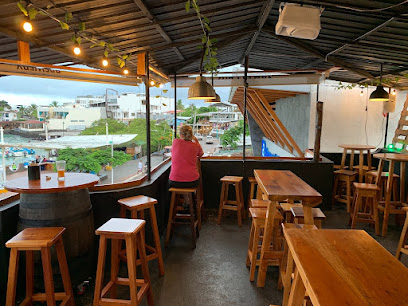
The Rock Galapagos
Discover the delightful Asian flavors at The Rock Galapagos, an inviting restaurant in Puerto Ayora that captures the spirit of the islands.
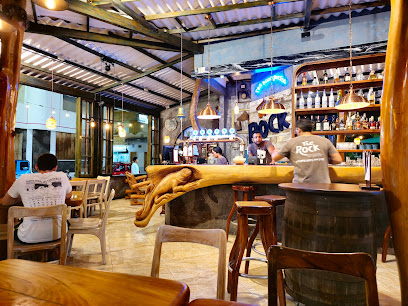
Isla Grill
Discover Isla Grill in Puerto Ayora, where exquisite grilled dishes meet the vibrant flavors of the Galapagos Islands.
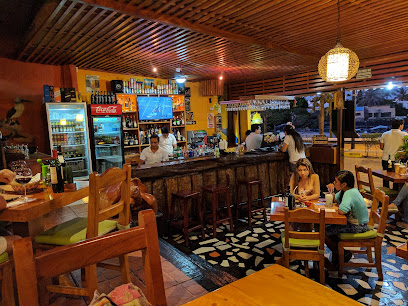
bongo bar
Experience the vibrant nightlife of Puerto Ayora at Bongo Bar, where delicious cocktails, live music, and a lively atmosphere await.
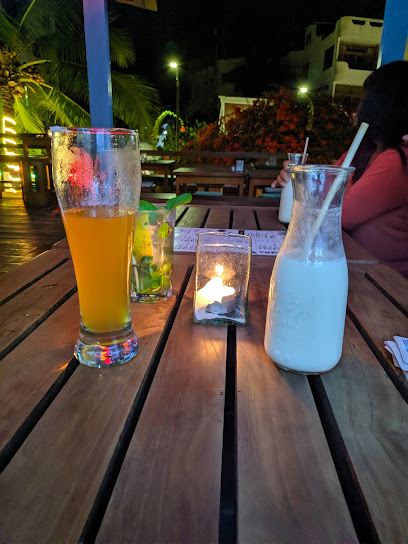
Golden Prague Pub
Experience a fusion of local flavors and European charm at Golden Prague Pub in Puerto Ayora, the perfect spot for relaxation and entertainment.
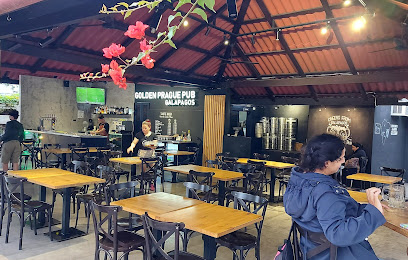
Bar de Beto
Experience the vibrant atmosphere and local flavors at Bar de Beto, your tropical oasis in Puerto Villamil.
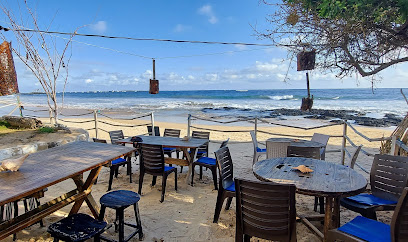
Iguana Rock
Savor the best of Ecuadorian cuisine at Iguana Rock, a must-visit grill in Puerto Baquerizo Moreno, offering delicious dishes and stunning views.
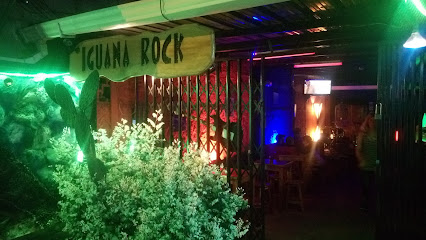
Pink Iguana Bar
Explore the lively atmosphere of Pink Iguana Bar in Puerto Villamil, where delicious cocktails and local flavors meet vibrant entertainment and community spirit.
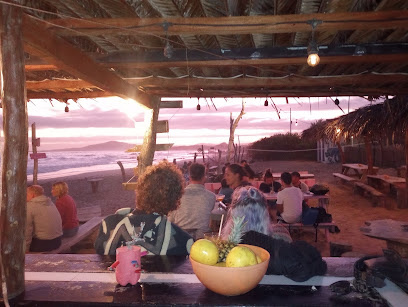
Nativo Bar & Cafe
Discover Nativo Bar & Cafe in Puerto Baquerizo Moreno, where culinary artistry meets the vibrant spirit of the Galapagos Islands.
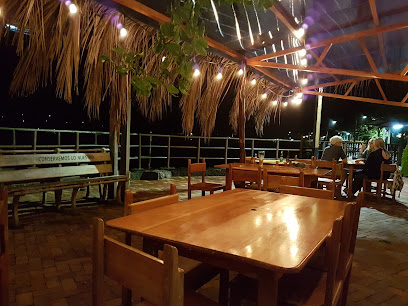
REPTILIA GALAPAGOS BREWERY
Experience the taste of the Galapagos at Reptilia Brewery, where local flavors and artisanal brews come together in a vibrant island atmosphere.
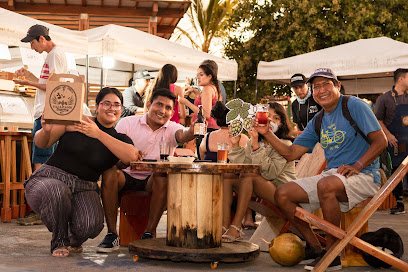
Lecocarpus
Discover Lecocarpus in Puerto Velazco Ibarra, where exquisite grilled dishes meet local flavors in a warm and inviting atmosphere.
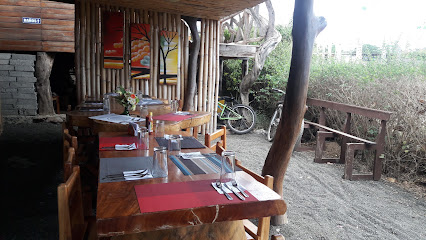
Bohemian.Bar Galapagos
Discover the lively ambiance and unique cocktails at Bohemian.Bar Galapagos, the perfect spot for tourists in Puerto Ayora.
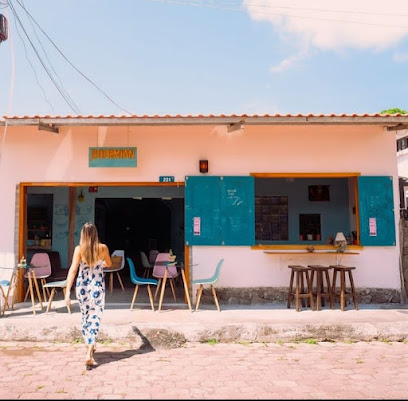
Darwin's Lounge
Experience the best cocktails at Darwin's Lounge in Puerto Ayora, where creativity meets the laid-back island vibe of the Galapagos.
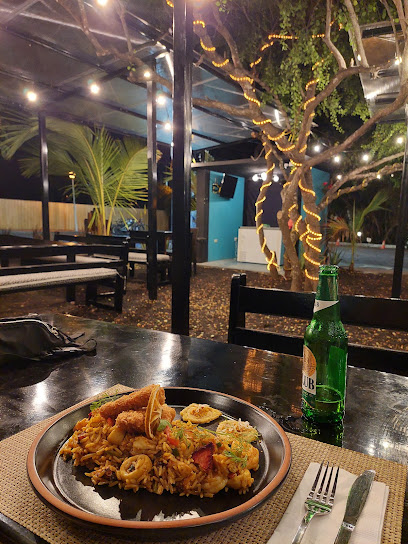
Cervecería Artesanal Cactácea Drink
Experience the best of local craft beers in a vibrant setting at Cervecería Artesanal Cactácea Drink, Puerto Ayora's hidden gem.
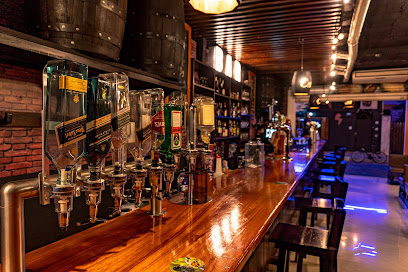
REPTILIA GALAPAGOS BEER STATION
Experience the unique flavors of Galapagos at Reptilia Beer Station, where craft beers and local culture meet in a cozy brewpub atmosphere.
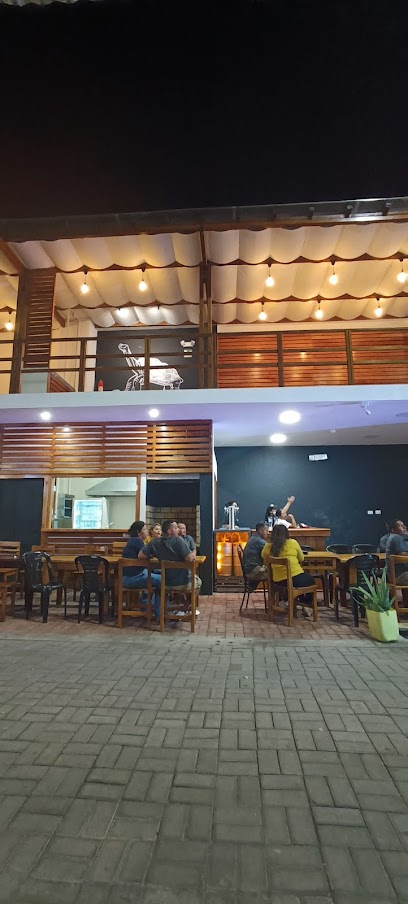
Local Phrases
-
- HelloHola
[OH-lah] - GoodbyeAdiós
[ah-DYOHSS] - YesSí
[see] - NoNo
[noh] - Please/You're welcomePor favor/De nada
[pohr fah-VOR/deh NAH-dah] - Thank youGracias
[GRAH-syahss] - Excuse me/SorryPerdón/Lo siento
[pehr-DOHN/loh SYEHN-toh] - How are you?¿Cómo estás?
[KOH-moh ehs-TAHS] - Fine. And you?Bien. ¿Y tú?
[BYEHN. ee TOO] - Do you speak English?¿Hablas inglés?
[AH-blahs een-GLEHS] - I don't understandNo entiendo
[noh ehn-TYEHN-doh]
- HelloHola
-
- I'd like to see the menu, pleaseMe gustaría ver el menú, por favor
[meh goos-tah-REE-ah vehr ehl MEH-noo, pohr fah-VOR] - I don't eat meatNo como carne
[noh KOH-moh KAHR-neh] - Cheers!¡Salud!
[sah-LOOD] - I would like to pay, pleaseMe gustaría pagar, por favor
[meh goos-tah-REE-ah pah-GAHR, pohr fah-VOR]
- I'd like to see the menu, pleaseMe gustaría ver el menú, por favor
-
- Help!¡Ayuda!
[ah-YOO-dah] - Go away!¡Vete!
[VEH-teh] - Call the Police!¡Llama a la policía!
[YAH-mah ah lah poh-LEE-see-ah] - Call a doctor!¡Llama a un médico!
[YAH-mah ah oon MEH-dee-koh] - I'm lostEstoy perdido
[ehs-TOY pehr-DEE-doh] - I'm illEstoy enfermo
[ehs-TOY ehn-FEHR-moh]
- Help!¡Ayuda!
-
- I'd like to buy...Me gustaría comprar...
[meh goos-tah-REE-ah kohm-PRAR] - I'm just lookingSolo estoy mirando
[SOH-loh ehs-TOY mee-RAHN-doh] - How much is it?¿Cuánto cuesta?
[KWAHN-toh KWEHS-tah] - That's too expensiveEso es muy caro
[EH-soh ehs mwee KAH-roh] - Can you lower the price?¿Puedes bajar el precio?
[PWEH-dehs BAH-hahr ehl PREH-syoh]
- I'd like to buy...Me gustaría comprar...
-
- What time is it?¿Qué hora es?
[keh OR-ah ehs] - It's one o'clockEs la una
[ehs lah OO-nah] - Half past (10)Las diez y media
[lahs dee-EHS ee MEH-dyah] - MorningMañana
[mah-NYAH-nah] - AfternoonTarde
[TAHR-deh] - EveningNoche
[NOH-cheh] - YesterdayAyer
[AH-yehr] - TodayHoy
[hoy] - TomorrowMañana
[mah-NYAH-nah] - 1Uno
[OO-noh] - 2Dos
[dohss] - 3Tres
[trehss] - 4Cuatro
[KWAH-troh] - 5Cinco
[SEEN-koh] - 6Seis
[sayss] - 7Siete
[SYEH-teh] - 8Ocho
[OH-choh] - 9Nueve
[NWEH-veh] - 10Diez
[dyehss]
- What time is it?¿Qué hora es?
-
- Where's a/the...?¿Dónde está...?
[DOHN-deh ehs-TAH] - What's the address?¿Cuál es la dirección?
[KWAHL ehs lah dee-rehk-SYOHN] - Can you show me (on the map)?¿Puedes mostrarme (en el mapa)?
[PWEH-dehs mohs-TRAHR-meh (ehn ehl MAH-pah)] - When's the next (bus)?¿Cuándo es el próximo (autobús)?
[KWAHN-doh ehs ehl PROH-ksy-moh (ow-toh-BOOSS)] - A ticket (to ....)Un boleto (a ....)
[oon boh-LEH-toh (ah)]
- Where's a/the...?¿Dónde está...?
History of Galapagos Islands
-
The Galápagos Islands were discovered in 1535 by Fray Tomás de Berlanga, the Bishop of Panama, who accidentally stumbled upon the archipelago when his ship was blown off course while sailing to Peru. The islands were initially named 'Insulae de los Galopegos' (Islands of the Tortoises) due to the large number of giant tortoises encountered by Berlanga and his crew.
-
During the 16th and 17th centuries, the Galápagos Islands became a hideout for pirates and buccaneers who used the islands as a base from which to raid Spanish galleons. By the 18th century, whalers and fur sealers frequented the islands, exploiting their rich marine resources and leading to significant declines in local wildlife populations.
-
In 1835, the HMS Beagle, carrying the young naturalist Charles Darwin, arrived at the Galápagos Islands. Darwin spent five weeks studying the islands' unique flora and fauna, observations which later contributed to his groundbreaking theory of evolution by natural selection as articulated in 'On the Origin of Species'.
-
In 1832, three years before Darwin's visit, Ecuador officially claimed the Galápagos Islands, naming them 'Archipiélago de Colón' (Columbus Archipelago). General José de Villamil led the first colonists to the islands, establishing a penal colony on Floreana Island, which marked the beginning of Ecuadorian governance in the archipelago.
-
During World War II, the United States established a military base on Baltra Island, known as Seymour Island. The base played a strategic role in defending the Panama Canal from potential Japanese threats, and its presence significantly impacted the local economy and infrastructure.
-
In 1959, the Ecuadorian government declared 97% of the Galápagos Islands' land area as a national park, marking the start of concerted conservation efforts. The Charles Darwin Foundation was also established in the same year, dedicated to the preservation of the islands' unique ecosystems and wildlife.
-
In 1978, the Galápagos Islands were designated a UNESCO World Heritage Site, recognizing their exceptional natural beauty and ecological significance. This designation has helped to further international conservation efforts and promote sustainable tourism in the archipelago.
Galapagos Islands Essentials
-
The Galapagos Islands are located about 1,000 kilometers (620 miles) off the coast of Ecuador. The main gateway to the islands is through Quito or Guayaquil, Ecuador. From there, you can take a flight to one of the two main airports in the Galapagos: Baltra Island (Seymour Airport) or San Cristóbal Island (San Cristóbal Airport). LATAM and Avianca are the primary airlines offering these flights. Due to the special environmental protections in place, it is advisable to book your flights and accommodations well in advance.
-
Once you arrive in the Galapagos, transportation between islands is typically done by boat or small aircraft. Public ferries operate between the main islands of Santa Cruz, San Cristóbal, and Isabela. On the islands, taxis are available and relatively inexpensive; most are pickups that can take you to various destinations. Alternatively, you can rent bikes or walk, especially in smaller towns. Guided tours are also a popular and convenient way to explore the islands.
-
The official currency in the Galapagos Islands is the US Dollar (USD), as in mainland Ecuador. Credit cards are accepted in many hotels, restaurants, and shops, but it's advisable to carry cash for smaller establishments and local markets. ATMs are available in Puerto Ayora (Santa Cruz), Puerto Baquerizo Moreno (San Cristóbal), and Puerto Villamil (Isabela), but it’s a good idea to withdraw sufficient cash before heading to more remote areas.
-
The Galapagos Islands are generally safe for tourists. However, standard precautions should still be taken. Avoid displaying valuable items and keep an eye on your belongings in crowded areas. While the islands do not have high-crime neighborhoods targeting tourists, it's best to stay vigilant, especially at night. Always follow park guidelines and respect wildlife to ensure both your safety and the preservation of the ecosystem.
-
In case of an emergency, dial 911 for immediate assistance. Each of the main islands has medical facilities, although the most comprehensive services are available in Puerto Ayora on Santa Cruz Island and Puerto Baquerizo Moreno on San Cristóbal Island. It is highly recommended to have travel insurance that covers medical emergencies. For minor health issues, there are pharmacies in the towns where you can purchase over-the-counter medications.
-
Fashion: Do wear lightweight, breathable clothing suitable for outdoor activities. Avoid high heels or dressy attire, as the islands' environment is casual and rugged. Religion: Do respect local customs, though the islands are not heavily religious. Public Transport: Do be punctual; boats and tours run on strict schedules. Don’t try to negotiate fares on public ferries. Greetings: Do greet people with a simple 'Hola' or 'Buenos días.' A handshake is also appropriate. Eating & Drinking: Do try local seafood and traditional dishes. Don’t waste food, as resources on the islands can be limited.
-
To experience the Galapagos Islands like a local, visit local markets for fresh produce and seafood. Engage with the residents, who are typically friendly and knowledgeable about the islands' history and ecosystem. Don’t miss opportunities to explore lesser-known sites and trails, which can offer a more intimate experience with nature. Participate in local festivals if your visit coincides with any, as they provide insight into the island culture and traditions.
Trending Landmark in Galapagos Islands
-
Parque Nacional Galápagos
-
Rancho Primicias - Giant Tortoise Reserve
-
Galapagos Up las Grietas
-
Tortuga Bay Beach
-
Mirador Cerro Tijeretas
-
Pearl Shell
-
Galapaguera de Cerro Colorado
-
Malecón San Cristobal
-
Galapagos Deli
-
Playa Lobería
-
The Rock Galapagos
-
Charles Darwin Research Station
-
Wall of Tears
-
Santa Cruz Island
-
Hotel Galapagos Native
Nearby Cities to Galapagos Islands
-
Things To Do in Puerto Ayora
-
Things To Do in Puerto Baquerizo Moreno
-
Things To Do in Salinas
-
Things To Do in Manta
-
Things To Do in Piura
-
Things To Do in Guayaquil
-
Things To Do in Cuenca
-
Things To Do in Loja
-
Things To Do in Mindo
-
Things To Do in Jaco
-
Things To Do in Ambato
-
Things To Do in Tamarindo
-
Things To Do in Manuel Antonio
-
Things To Do in Playa Flamingo
-
Things To Do in Quito













